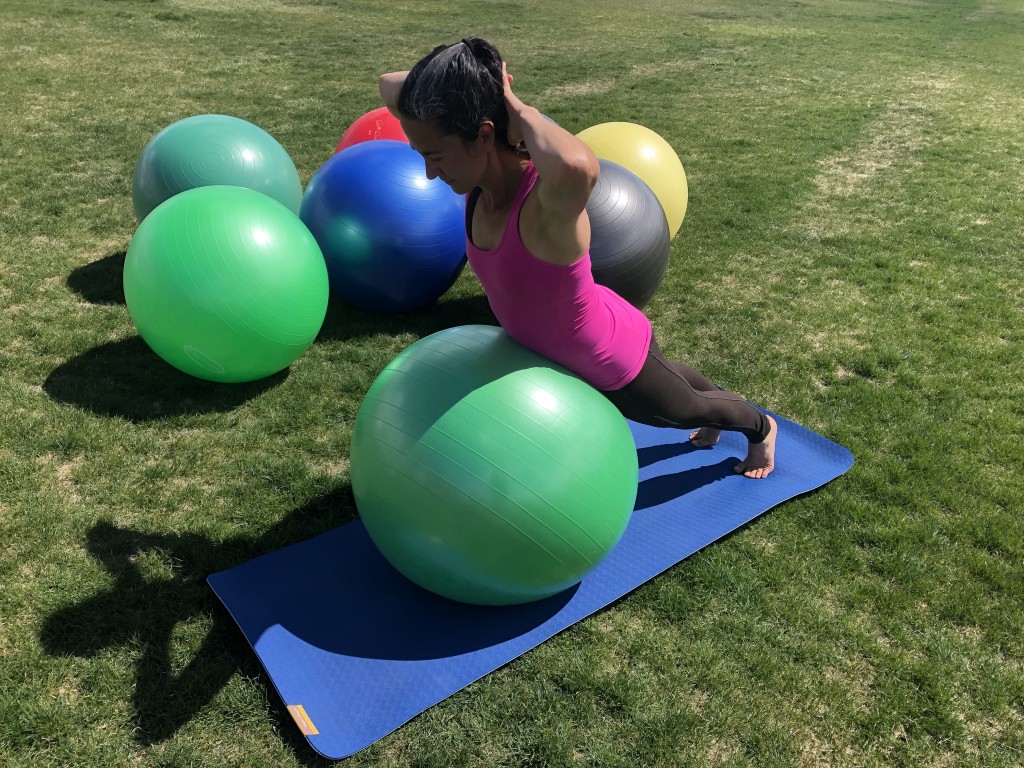Introduction: A New Era of Fitness Down Under
Australia has always had a vibrant fitness culture. From bustling gyms in Sydney and Melbourne to outdoor bootcamps along Bondi Beach, Aussies have long embraced active lifestyles. But in recent years, the landscape has changed dramatically. With more people turning to technology for their health goals, online fitness programs are booming—reshaping how Australians work out, connect, and stay motivated.
In 2025, online fitness is no longer just a pandemic workaround; it’s a lifestyle choice. Let’s explore how this digital movement evolved, its benefits and challenges, and the top programs helping Aussies transform their health today.
A Look Back: Traditional Aussie Fitness Culture
Before digital platforms took center stage, fitness in Australia revolved around in-person experiences. Gyms, community centers, and personal trainers dominated urban areas, while outdoor bootcamps thrived in parks and along coastlines. The Aussie love for sport also meant many people kept fit through activities like surfing, running clubs, or weekend netball matches.
While effective, these options often came with barriers—commuting to gyms, expensive memberships, or limited access for those in rural areas. That set the stage for a digital transformation.
See more: How to Use a Pilates Ring for a Full-Body Workout
The Shift to Digital Fitness
So, why did online fitness programs become such a hit in Australia? Several factors played a role:
- Technology growth – Smartphones, wearables, and high-speed internet made streaming workouts easier than ever.
- Busy lifestyles – Many Australians juggle work, family, and long commutes. Online fitness offers flexibility.
- COVID-19 lockdowns – Gyms closed, and online platforms became the only option—sparking long-term adoption.
- Affordability – Online memberships are often cheaper than traditional gyms or personal trainers.
- Convenience – Workout anytime, anywhere—whether in your lounge room or while travelling.
This perfect storm accelerated a cultural shift, with digital fitness becoming a staple in Aussie households.
Benefits of Online Fitness Programs
Australians are embracing online fitness for good reason. Some key advantages include:
- Flexibility – Train on your schedule, whether early morning before work or late at night.
- Accessibility for rural areas – People outside major cities now have access to world-class trainers.
- Variety of workouts – From yoga and Pilates to HIIT, boxing, and dance—there’s something for everyone.
- Cost-effectiveness – Subscriptions are often a fraction of a gym membership.
- Personalisation – Apps use AI and tracking tools to tailor workouts to individual goals.
Challenges and Concerns
Of course, online fitness isn’t perfect. Some common challenges include:
- Lack of in-person motivation – No trainer to push you harder in the moment.
- Screen fatigue – Spending more time on devices can be draining.
- Accountability issues – Skipping a session is easier when no one’s watching.
- Program quality – Not all online fitness content is backed by qualified trainers.
For many Aussies, the solution is blending online programs with occasional in-person training.
Real Success Stories
Across Australia, digital fitness communities are thriving. Take Brisbane’s Sweat with Kayla Itsines app, which has inspired women worldwide with structured workouts and nutrition guidance. Or Sydney-based Centr by Chris Hemsworth, which combines workouts, mindfulness, and meal planning in one platform.
Thousands of Australians are also connecting via Facebook groups, Strava challenges, and live-streamed classes, proving that even online, community spirit remains strong.

Future Trends: The Next Wave of Online Fitness in Australia
Looking ahead, the online fitness space will only get more exciting. Expect to see:
- AI-powered trainers – Offering real-time corrections and personalised progress tracking.
- Virtual reality workouts – Immersive experiences like boxing, dancing, or cycling in digital worlds.
- Inclusivity and accessibility – More programs catering to all ages, abilities, and cultural backgrounds.
- Hybrid models – Gyms offering both in-person and online memberships for greater flexibility.
Conclusion: Complementing, Not Replacing, Traditional Fitness
The rise of online fitness in Australia isn’t about replacing gyms or outdoor training—it’s about offering more choices. Aussies now have the freedom to blend the best of both worlds, whether it’s hitting a local gym class for social motivation or streaming a yoga session at home.
In 2025, the message is clear: online fitness has transformed from a temporary solution into a permanent pillar of Australia’s health culture. For anyone ready to take charge of their fitness journey, the digital age has never been more empowering.

